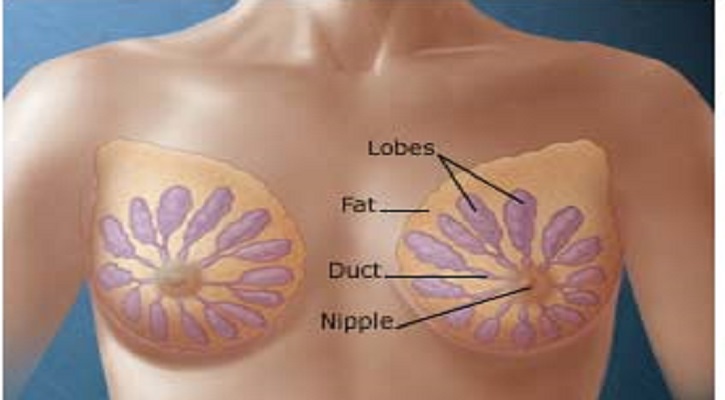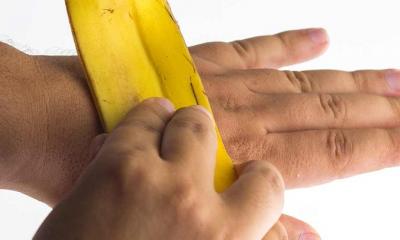
Signs of Breast Cancer
- Womenscorner Desk
- July 25, 2020
Changes to the skin’s texture : Skin changes may be an early sign of breast cancer. Breast cancer can cause changes and inflammation in skin cells that can lead to texture changes. Examples of these texture changes include:
- Scaly skin around the nipple and areola, as though the skin is sunburned or extremely dry.
- Skin thickening in any part of the breast
- These changes may also cause itching, which people often associate with breast cancer, although it is not common.
These skin changes may be symptomatic of a rare breast cancer type called Paget’s disease. Texture changes can also occur as a result of benign skin conditions, including dermatitis and eczema.
Nipple discharge : A person may observe discharge from the nipple, which can be thin or thick and can range in color from clear to milky to yellow, green, or red. It is normal for people who are breastfeeding to have a milky discharge from the nipples, but it is advisable to see a doctor about any other nipple discharge. Although most nipple discharge is noncancerous, it can signify breast cancer in some people. Other possible reasons for nipple discharge include:
- Breast infections
- A side effect of birth control pills
- A side effect of taking certain medications
- Variations in body physiology
- Certain medical conditions, such as thyroid disease
Dimpling : Skin dimpling can sometimes be a sign of inflammatory breast cancer, an aggressive type of breast cancer. Cancer cells can cause a buildup of lymph fluid in the breast that leads to swelling as well as dimpling or pitted skin. It is essential that anyone who notices skin dimpling speaks with a doctor. Doctors call this change in the skin’s appearance “peau d’orange” because the dimpled skin resembles the surface of an orange.
Lymph node changes : Cancer cells may travel to the underarm lymph nodes. Lymph nodes are small, rounded collections of immune system tissue that filter fluid and capture potentially harmful cells. These include bacteria, viruses, and cancer cells. If a cancer cell leaves the breast, the first place it travels to is the underarm lymph node region on the same side as the affected breast. This can lead to swelling in this area. In addition to swollen lymph nodes in the armpit, a person may notice them around the collarbone. They usually feel like small, firm, swollen lumps and may be tender to the touch. However, lymph tissue may also change due to breast infections or other completely unrelated illnesses. A person should talk to a doctor about these changes so that they can identify a potential cause.
Breast or nipple pain : Breast cancer can cause changes in skin cells that lead to feelings of pain, tenderness, and discomfort in the breast. Although breast cancer is often painless, it is important not to ignore any signs or symptoms that could be due to breast cancer. Some people may describe the pain as a burning sensation.
Nipple retraction or inversion : Breast cancer can cause cell changes behind the nipple. These changes can result in the nipple inverting and reversing inward into the breast, or it may look different in terms of its size. The appearance of the nipples can often alter during ovulation or other parts of the menstrual cycle, but people should see a doctor about any new nipple changes.
Redness : Breast cancer can cause changes to the skin that may make it appear discolored or even bruised. The skin may be red or purple or have a bluish tint. If a person has not experienced recent trauma to the breast to explain these changes, they should see their doctor. It is also vital to seek medical advice if breast discoloration does not disappear, even if trauma was the cause.
Swelling : Breast cancer can cause the entire breast or an area of the breast to swell. There may not be a distinct lump after this swelling, but the breast may be different in size than the other breast. Although it is possible for people to have breasts that are slightly different in size at all times, this swelling would cause a change from their usual breast size. The skin may also feel tight due to the swelling.
Information Source: Google





